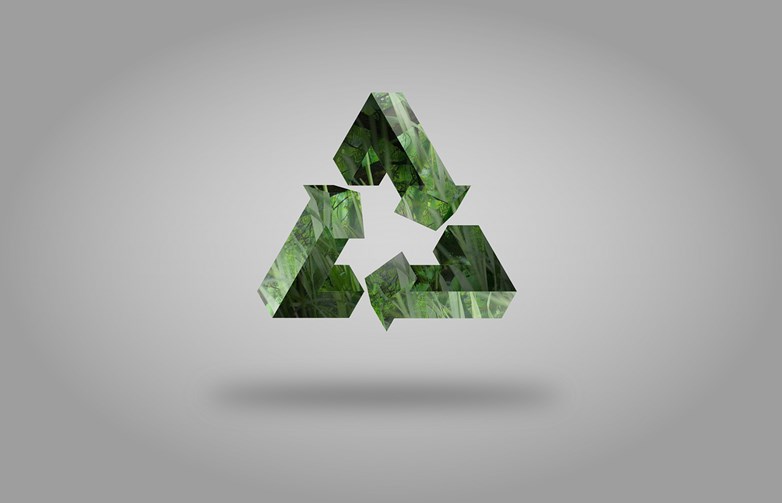HOI research | Why companies should regularly dust off their knowledge shelves
Firms and individuals generate new inventions by scanning their environment, looking for existing pieces of knowledge components to recombine in novel ways. IT companies continuously combine pieces of existing code from open source platforms to develop new software applications. Artists engage in sampling and remixing of old songs to generate new ones. This process, known as knowledge recombination, is pervasive in numerous industries. The problem is that most inventions that originate from knowledge recombination are rather incremental and tend to produce low impact. This raises the question: What type of knowledge components should inventors recombine to create high-impact technological inventions?
This research question was addressed by Dr. Holmer Kok, Assistant Professor at the House of Innovation at the Stockholm School of Economics. Together with Dries Faems (WHU Otto Beisheim School of Management) and Pedro de Faria (University of Groningen), he examined 21,117 fuel cell patents and 3,674 wind energy patents between 1958 and 2007. The team focused their attention on the ‘recombinant lag’ of knowledge components; that is, the time that knowledge components have remained unused. The results of this study are published in the September issue of the prestigious Journal of Management.
Interestingly, the results demonstrate that, when knowledge components have remained unused for long periods of time (approximately >20 years), inventors can still realize considerable value from recombining them into new inventions. The authors refer to such components as “dormant components”. They explain that, oftentimes, components are created ahead of their time, and their value can only be realized much later when other complementary assets have emerged. Based on the results, the authors point to the collection of old knowledge within companies as a potential treasure chamber. They therefore emphasize the importance of regularly ‘dusting off’ the stock of existing knowledge, such that valuable dormant components can be identified and recombined into new inventions.
Researchers
Holmer Kok
Assistant Professor, House of Innovation, Stockholm School of Economics
Amber Geurts
Postdoctoral Researcher, Aalto University
